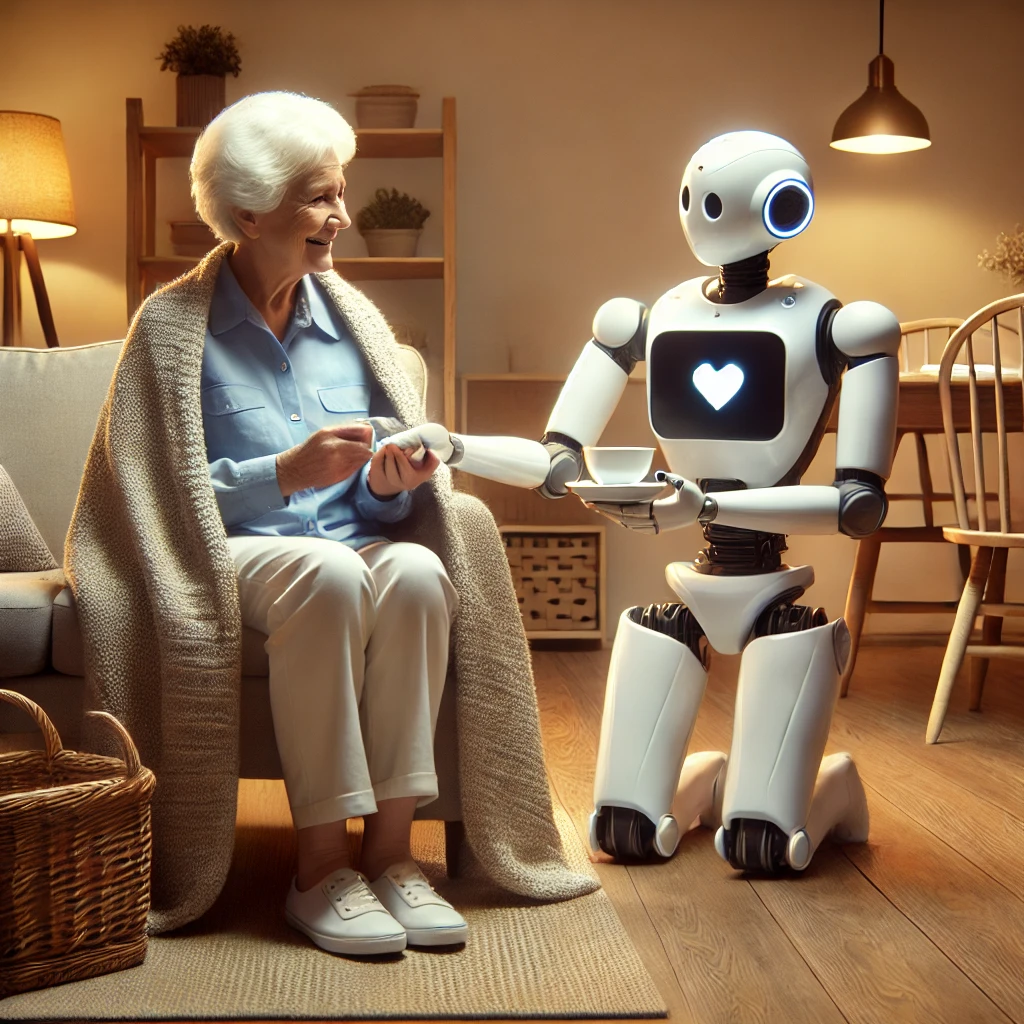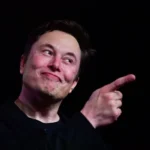The healthcare industry faces significant challenges globally, including aging populations, staff shortages, and rising costs. Innovations in artificial intelligence (AI) and robotics offer solutions that can improve both efficiency and the quality of care. Tesla, known for its groundbreaking technology in AI and robotics, is poised to revolutionize this sector with the Tesla Bot, also known as Optimus. But how exactly could these humanoid robots take over the healthcare industry?
Efficiency and Staff Shortages

One of the biggest challenges in healthcare is the shortage of medical personnel. Hospitals and care facilities worldwide are struggling to find enough nurses, caregivers, and support staff. Tesla Bots could take on routine tasks, such as transporting patients, delivering medications, and handling administrative duties. This would ease the burden on existing staff, allowing them to focus more on direct patient care.
Moreover, robots can work 24/7 without breaks, which is especially beneficial in settings where continuous care is essential. This could help healthcare providers reduce costs while maintaining a higher quality of service.
Surgical Assistance and Diagnostics

Tesla’s expertise in AI and computer vision, developed for autonomous driving, can be applied to medical procedures. Tesla Bots could act as surgical assistants, precisely handing tools to surgeons or even performing minor procedures. Imagine robots assisting in complex surgeries, such as orthopedic operations, where precision is critical.
In diagnostics, Tesla Bots’ AI could be used to identify patterns in medical images, such as X-rays or MRIs. This would speed up the diagnostic process and increase accuracy, which is crucial for early detection of diseases.
Elderly Care and Home Assistance

With an aging population, the demand for elderly care is growing. Tesla Bots could support seniors in their daily lives by preparing meals, administering medication, or assisting with mobility. The humanoid design of the Tesla Bot makes it capable of performing simple tasks, such as helping individuals stand up or get dressed.
Additionally, Tesla Bots could reduce loneliness among the elderly by providing companionship and mental stimulation. Through speech recognition and machine learning, these robots could offer personalized interactions and adapt to the unique needs of each patient.
Accessible and Affordable Healthcare
One of Tesla’s greatest strengths is scalability. Just as Tesla has made electric vehicles more affordable, it could do the same with healthcare robots. Through mass production and ongoing cost reductions, Tesla Bots could be made available to a wide audience, including smaller healthcare providers and even households.
This could democratize the healthcare sector, ensuring that high-quality care is not reserved for the wealthy but is accessible to all.
Conclusion
Tesla Bots have the potential to revolutionize the healthcare industry by automating routine tasks, increasing efficiency, and making care more accessible. With Tesla’s proven track record in innovation and scalability, these robots could not only improve healthcare but also contribute to a more sustainable and affordable future. As we look toward this future, one thing is clear: Tesla is ready to redefine healthcare.


Hi, this is a comment.
To get started with moderating, editing, and deleting comments, please visit the Comments screen in the dashboard.
Commenter avatars come from Gravatar.